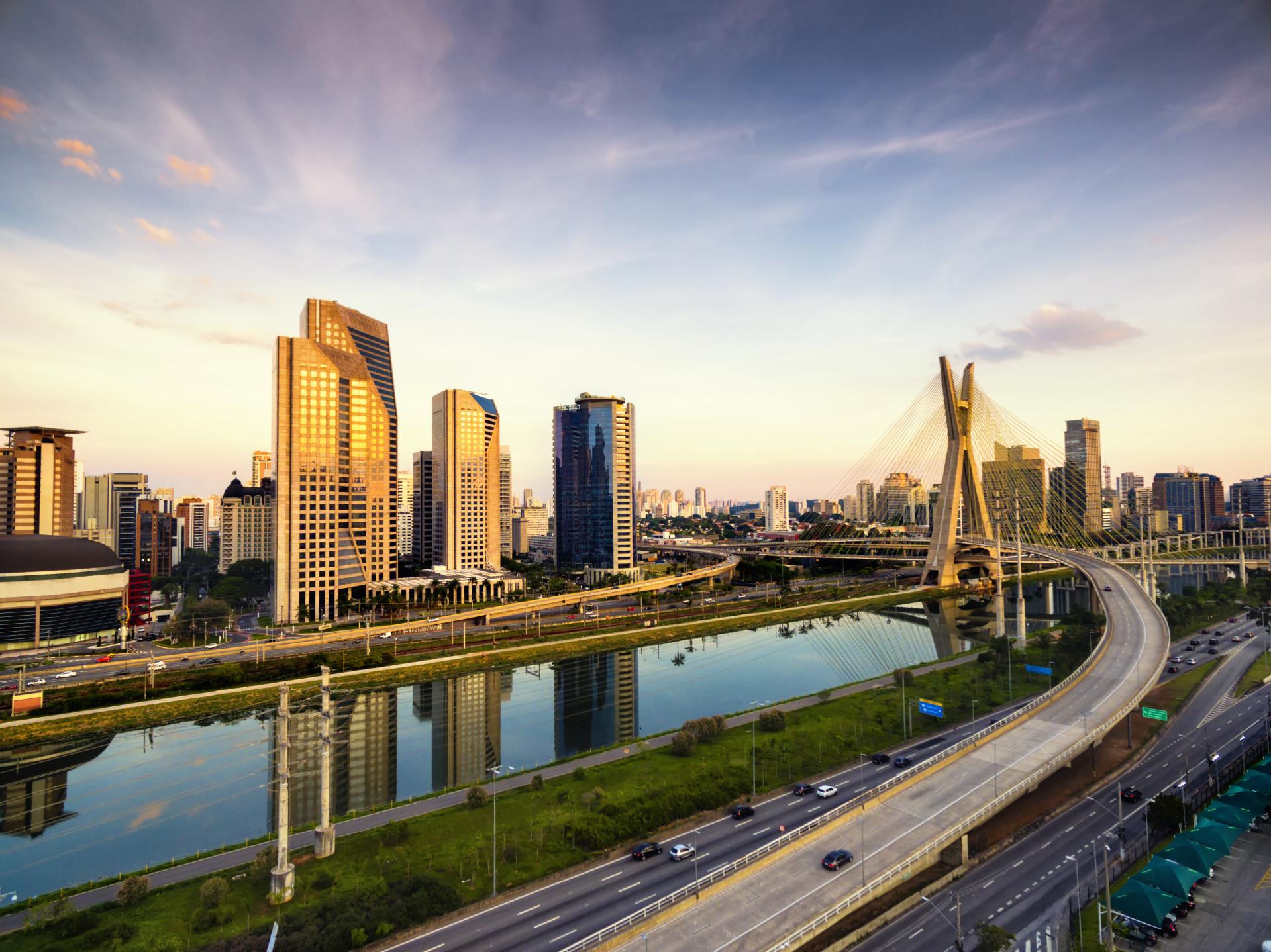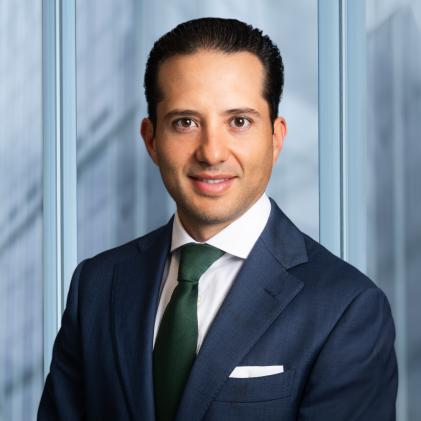The geo-political environment in Latin America has been relatively volatile for many years, and those thinking about investing in the market need to be mindful of the challenges that it can present. The general M&A market in Latin America has always been very dependent on the political risk environment as changes in government, legislative and regulatory changes and public policy will all have an impact on investors’ appetite for doing deals.
While the Covid 19 pandemic hindered the social and economic progress of many countries in the region there has been a relatively steady recovery, with many countries returning quite rapidly to grow. Set against that background, upcoming elections in both Brazil and Colombia are likely to have an economic impact which will feed through into the M&A market.
Deal activity in Colombia has been reasonably strong but there is some nervousness among investors as to how the economic landscape could see a shift now that Gustavo Petro has been elected. To quell the fears of the foreign investment market he has said he will not expropriate private property if he is elected president. However, as he is Colombia’s first ever far left president, concerns do remain for international investors, spooked by Latin America’s history of radical governments and wealth redistribution policies.
In Brazil, the upcoming elections will without doubt have an impact on the M&A market but currently the country is experiencing a significant volume of transactions and, in fact, its momentum is pushing up levels of deal activity across the region.
However, there will be investors who will be looking at Peru and Chile as examples of how quickly the political risk landscape can shift the dealmaking environment. Chile is in the throes of deciding whether to adopt a new constitution to replace the current one which was written in 1980 during the Augusto Pinochet dictatorship. As markets do not like uncertainty there has been a drop off in the number of deals going through.
Peru, a country with strong fundamentals and a consistent M&A track record, has now fallen out of favor with the investment community. The recent election of a far left-wing government has made some investors wary about the shift in the regulatory and legal landscape which in the long-term may impact the economic environment.
Conversely, while investors are cautious with President Lopez-Obrador’s government, there has been a huge amount of interest from large private equity players and other international companies who are interested in Mexican targets and companies.
M&A market in Latin America
After a slowdown in the first half of 2020, the Latin American M&A market has seen a resurgence in the number of deals and is now close to pre-pandemic levels. This year we have seen a growing number of deals which has led to an increased number of submissions.
Deal activity has picked up across the region but has primarily been led by its largest economies including Brazil, Mexico, Colombia, Chile and Peru.
While the war in Europe continues, and the economy is challenged further with increasing inflation and the ongoing energy crises investors are looking to hedge their risks and invest in markets with strong growth trajectory.
The focus of deals has mostly been around energy, oil and gas, renewable energy and infrastructure sectors. This has been led by the drive for economic development across the region and the war in Ukraine. The latter has created huge movement in the sector, and we are now seeing significant investment into Latin America from global private equity houses, who see the region as a hedge against faltering economies in Europe. The shift away from gas, driven by the war in Ukraine, is leading PE money to invest even more heavily in renewable energy sources including solar, wind and geothermal energy, and they are particularly interested in those type of investments in this region.
As the M&A market in the region matures we are seeing significant growth in the use of Representations and Warranties (R&W) insurance. While it is starting from a low base, the number of submissions this year suggests that there is more confidence about the product and how it can improve the efficacy of deals.
Naturally, uncertainty and volatility, both globally, and within the context of the changeable Latin American political scene, concerns investors, and this is also helping to drive the take-up of R&W insurance. International investors, particularly, are keen to protect themselves against uncertainty when they do deals in the region, and look for cover as part of their deal planning.
The use of the R&W product in Latin America
The M&A process in Latin America differs to that in the US and Europe. The deal tends to move at a slower pace and there is a much lengthier process from engagement to sign off. The recent surge in US-based Spanish-speaking brokers focused on the Latin American market has allowed further understanding of the market and M&A activity within it.
Up until a few years ago the R&W product was very much unknown in the Latin American M&A market. Buyers and sellers need to cover risks through standard indemnity policies or put aside funds in escrow accounts for any cover that they required. However, the use and understanding of the product has grown significantly for several reasons.
Firstly, we are seeing a number of private equity houses entering the Latin American market in the renewables space, and these are currently driving considerable growth in R&W use. For them, buying cover means that they do not have to price in the risk up front on a deal or place a portion of sale proceeds into escrow, as they would traditionally have had to do in this region. Culturally, they prefer to work with R&W insurance, rather than escrow options.
The structure is also changing. With a number of native speakers being recruited, much more insurance business is now conducted in local language, with due diligence, agreements, financial statements and underwriting calls all written in Spanish. Previously almost all cover was written out of London in English, with a small proportion coming from Spain, but very little done locally. The arrival of local expertise has helped to bridge the cultural gap with lawyers and corporate finance advisers who are now starting to understand the R&W product and where it can fit within their legal and due diligence requirements. Their confidence around the product has grown and they now feel encouraged to recommend it to their clients.
As a result of all these changes, we are very likely to see a continued boom in the M&A market in Latin America and with that a growth in the number of submissions. It is worth bearing in mind that while there has been a considerable uptick in the use of the cover, the R&W market in Latin America still lags behind the US and Europe, but we expect that use will grow exponentially over the coming years simply because the growing size of the middle class, desire for better services and infrastructure and relatively strong growth fundamentals are appealing to those looking to invest in the region.
Liberty GTS is well placed to support our clients as we have people and are licensed in most Latin American markets. We have one of the biggest line sizes in the region and have the ability to write on both Lloyds and local paper, which gives us a market-leading position for those considering deals in this fascinating and fast-moving region.

